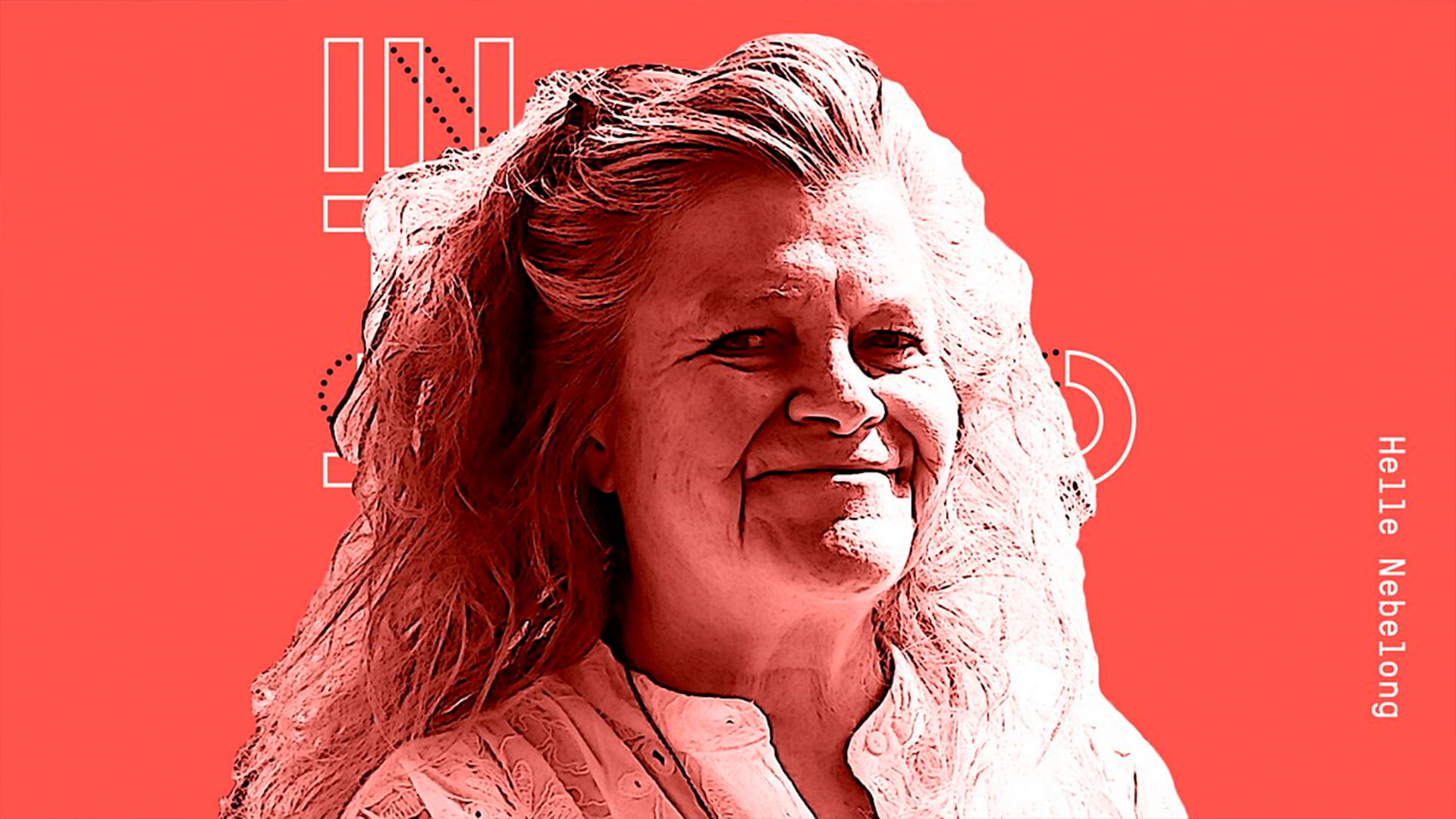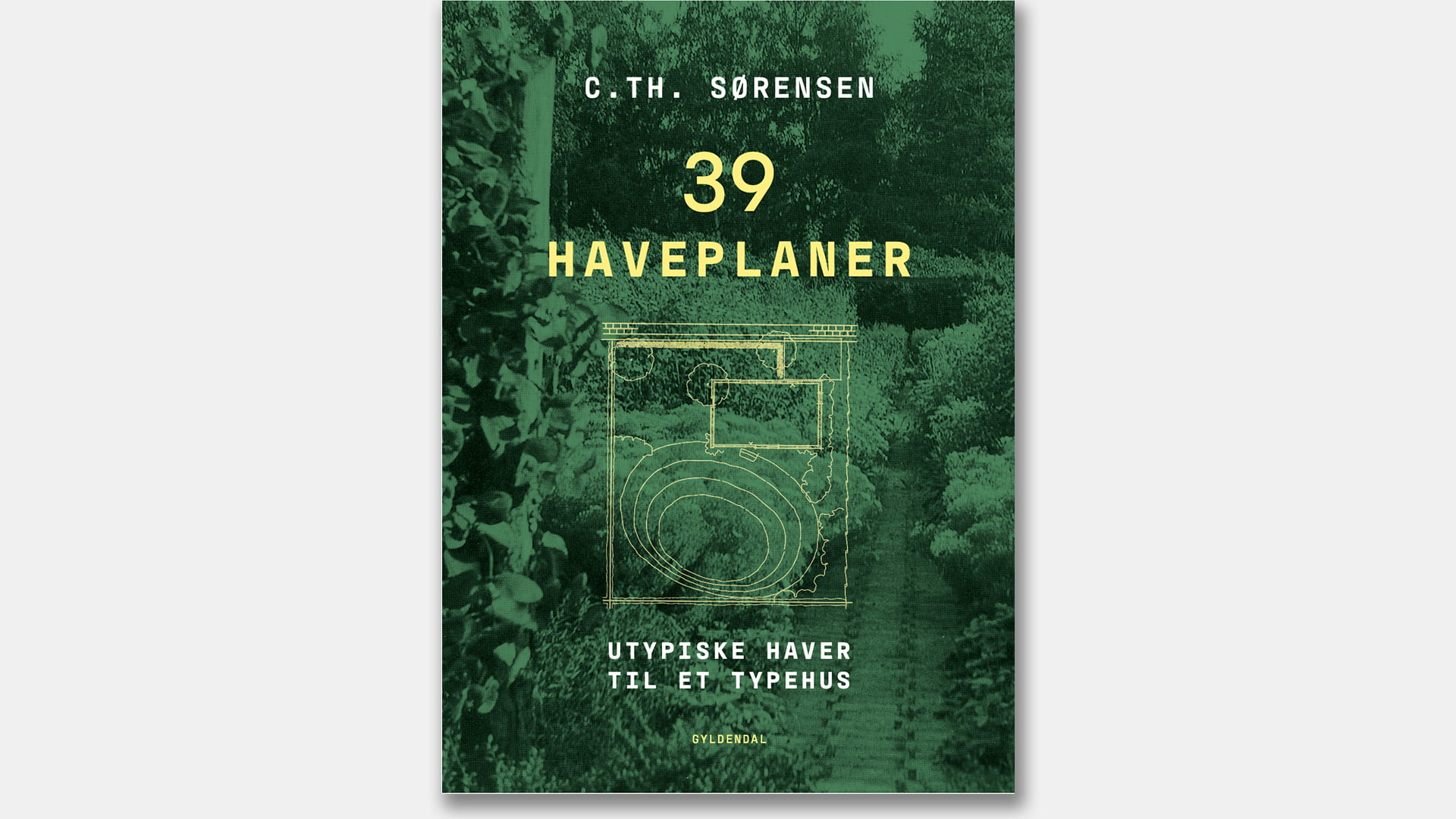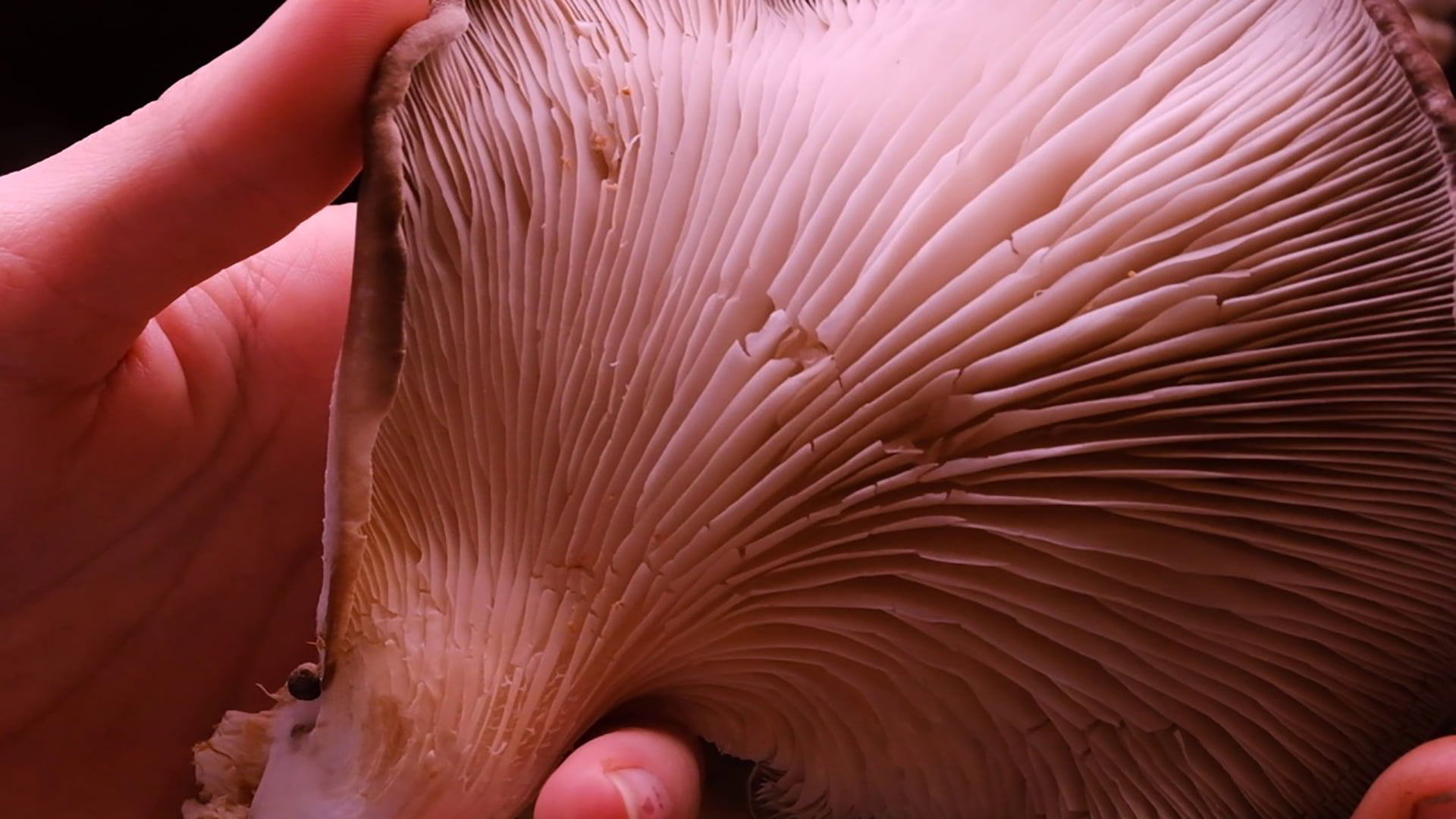Julie Bargmann modtager The Oberlander Prize
AKTUELT / 26.10.21
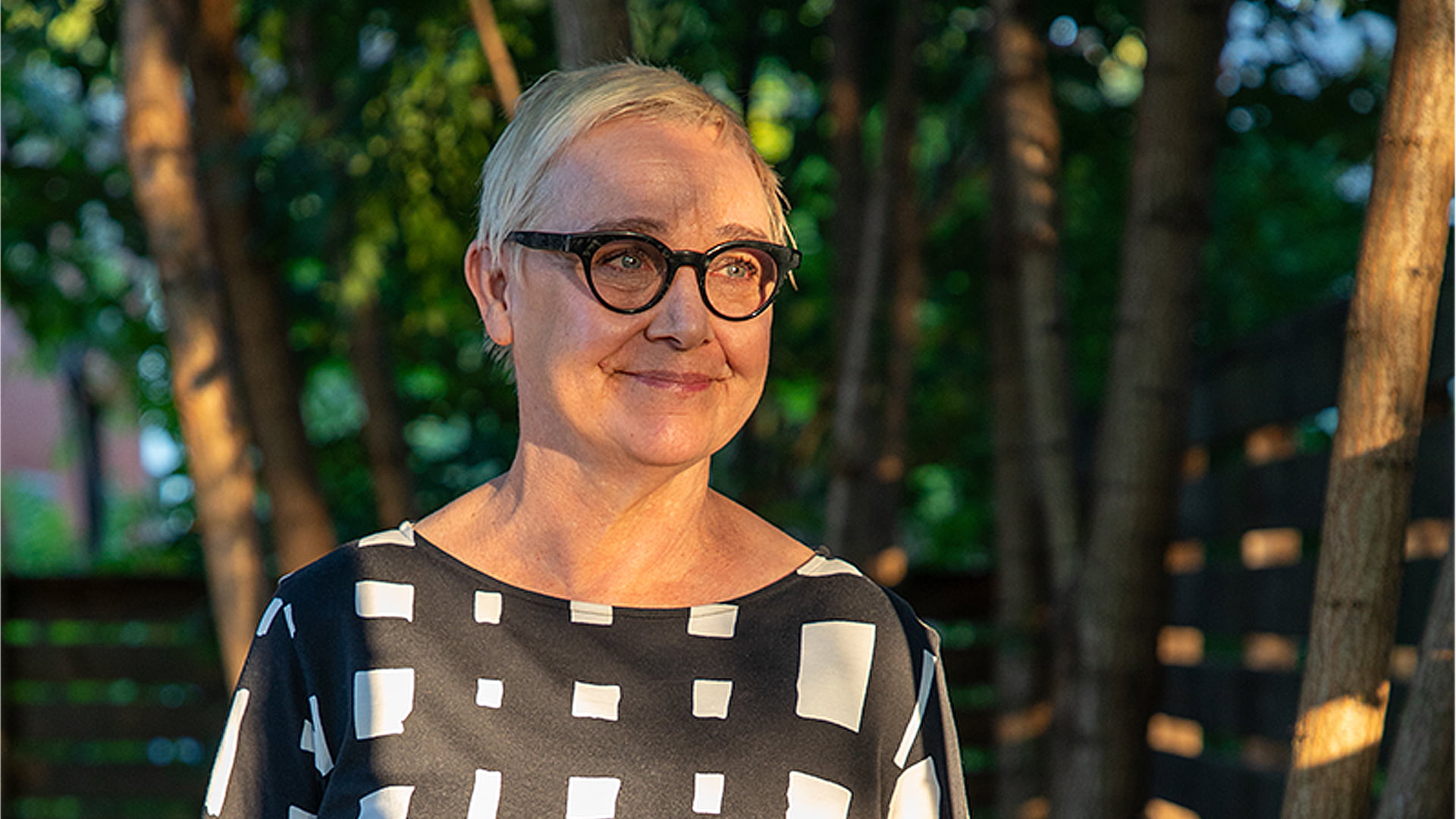
Foto: Julie Bargmann, 2021 Oberlander Prize laureate. © Barret Doherty Courtesy The Cultural Landscape Foundation
“She embodies the kind of activism required of landscape architects in an era of severe environmental challenges and persistent social inequities” udtaler juryen om den prisvindende landskabsarkitekt Julie Bargmann, der er stifter of D.I.R.T. studio og professor i landskabsarkitektur ved University of Virginia
Julie Bargmann, founder of D.I.R.T. studio and professor of landscape architecture at the University of Virginia, has won the inaugural Cornelia Hahn Oberlander International Landscape Architecture Prize.
“She has been a provocateur, a critical practitioner, and a public intellectual,” according to the Oberlander Prize Jury Citation, which also declares that, “she embodies the kind of activism required of landscape architects in an era of severe environmental challenges and persistent social inequities.”
For more than thirty years as a teacher and a landscape architect, Julie Bargmann has principally focused on contaminated, neglected, and forgotten urban and post-industrial sites. According to the laureate: “Unearthing the raw ingredients of design from waste and wastelands defines my life’s work.”
Visit the Oberlander Prize website to learn more about Julie Bargmann, including video interviews with her about three significant projects in her career, and to hear from members of the Oberlander Prize Jury, two former students, and many others.
Se udvalgte projekter nedenfor.
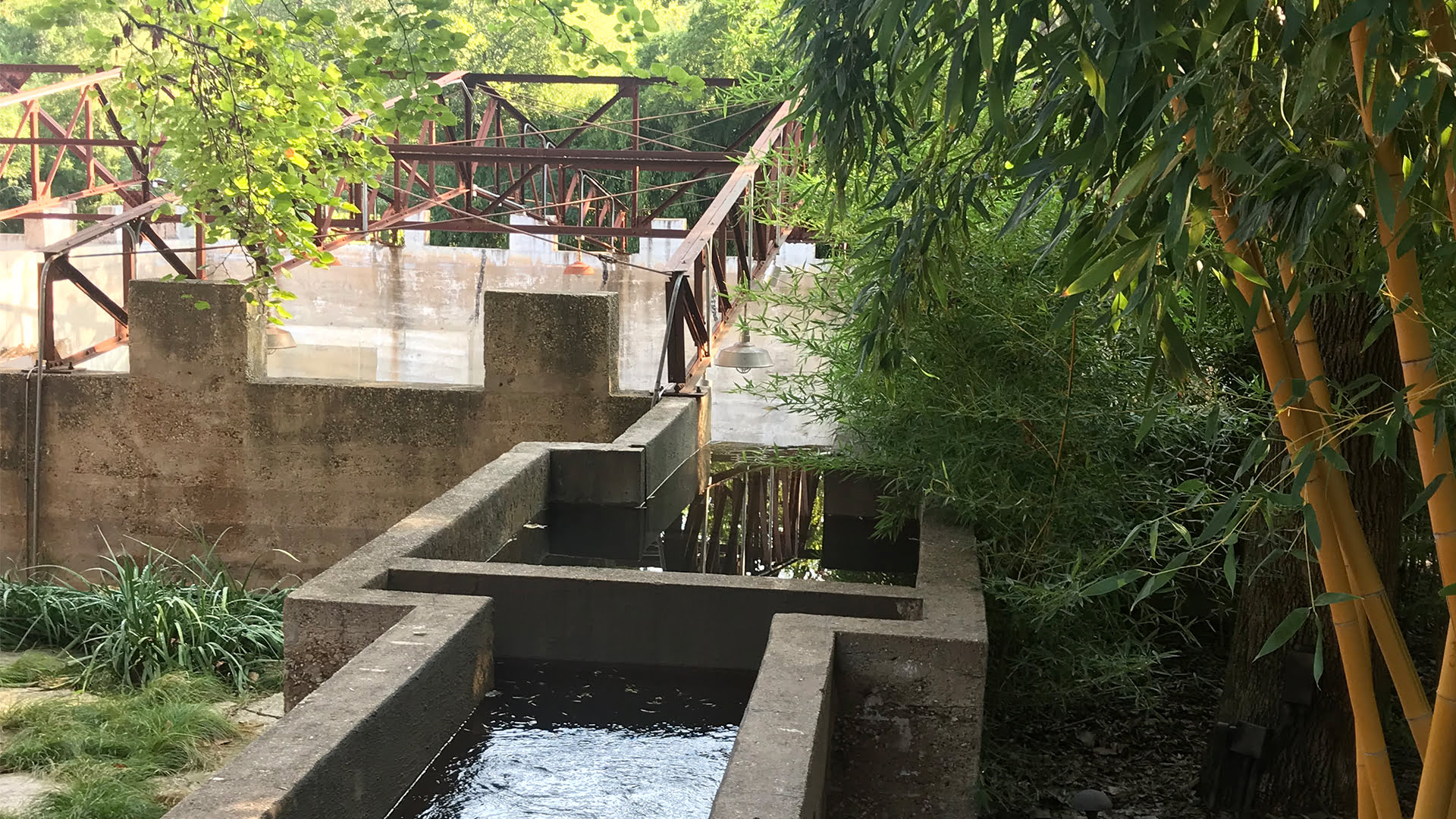
Turtle Creek Water Works ("Pump House"), Dallas, TX (2002): An abandoned historic pump house with large reservoirs that once supplied the neighborhood’s water became a deconstructed residential garden through the recycling of the entire site. It is a transformation of the industrial into the artistic, incorporating original mechanical equipment, gears, and valves, as well as elements of sustainable design, and the strategic use of water. © Charles A. Birnbaum, Courtesy The Cultural Landscape Foundation
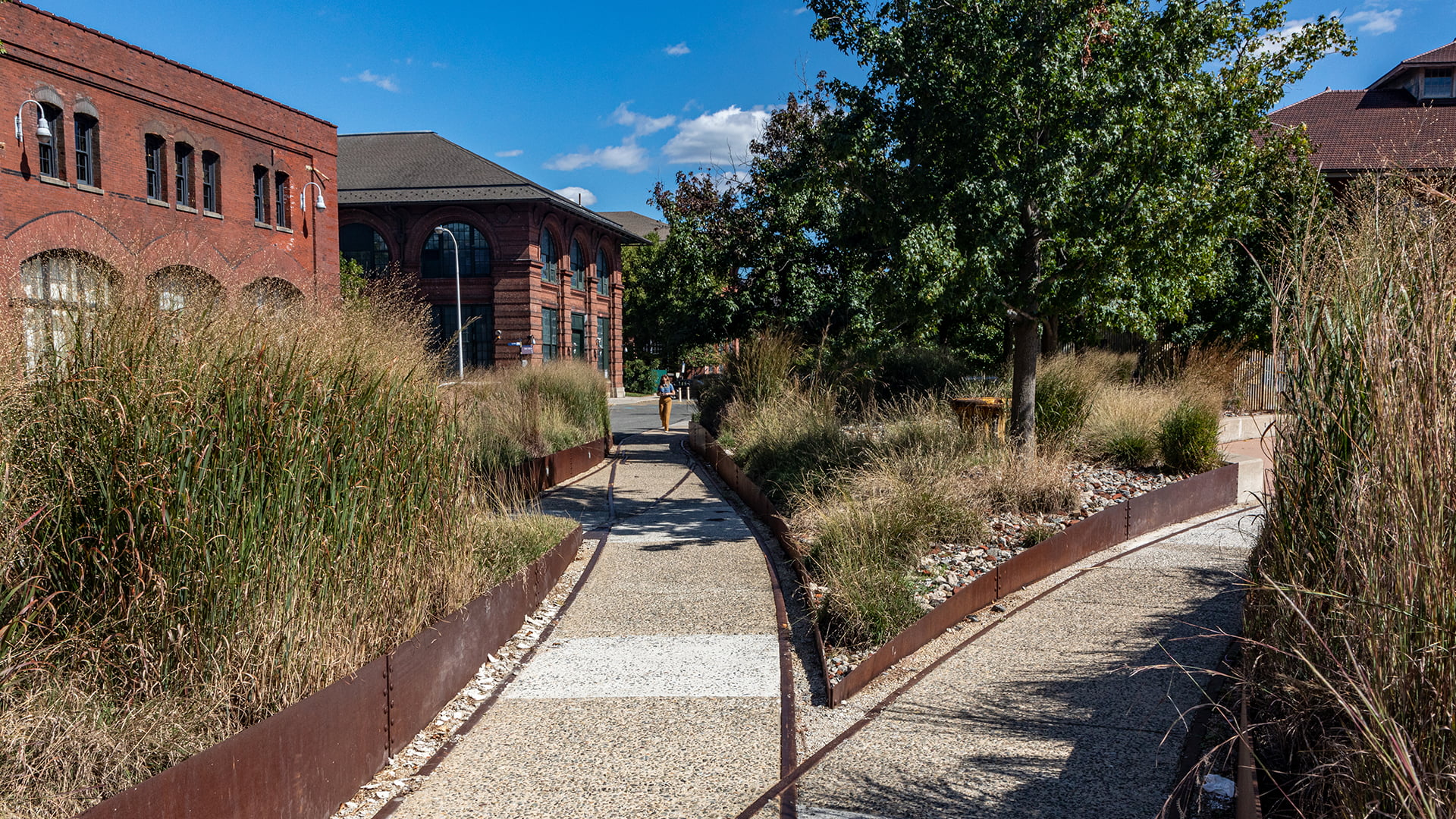
Urban Outfitters Headquarters at the U.S. Navy Yard, Philadelphia, PA (2005-14): Encompassing nine acres of the Navy Yard’s Historic Core, this campus with huge brick buildings centered around a battleship-sized dry dock. Starting with the rough, working site as the inspiration, the project became a model for the artistic and ecologically sound reuse of materials. The salvaging strategy obviated the need for imported materials and kept nearly a thousand cubic yards of waste from being landfilled. Miles of buried railroad tracks were unearthed and informed the layout and routes for pedestrian pathways. © Charles A. Birnbaum, Courtesy The Cultural Landscape Foundation
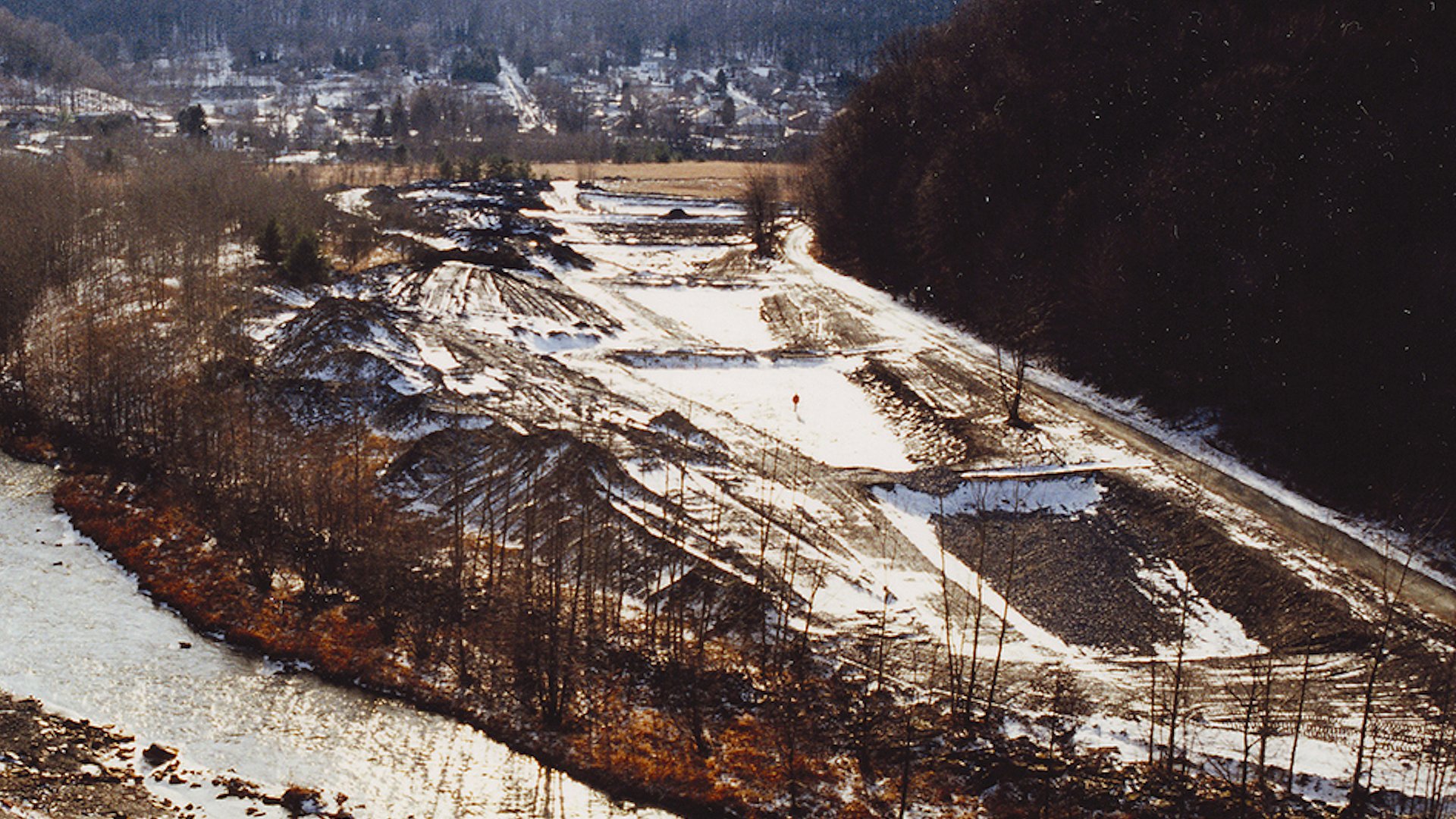
Vintondale Reclamation Park, Vintondale, PA (1995-2002): A 35-acre site in Pennsylvania coal country at which Bargmann teamed up with collaborators to design of a natural filtration system to address years of pollution from mine runoff. It was here that Bargmann became conscious of the range of potential clients—private corporations, private property owners, federal and municipal agencies—and how she could strategically educate them about alternative approaches to their projects and insure there were always benefits for the local community and for the larger ecosystem. The bioremediation project was called “Acid Mine Drainage and Art: Testing the Waters,”, and according to Bargmann: “Vintondale is the project that I feel launched D.I.R.T. and still defines its trajectory.
Nyheder
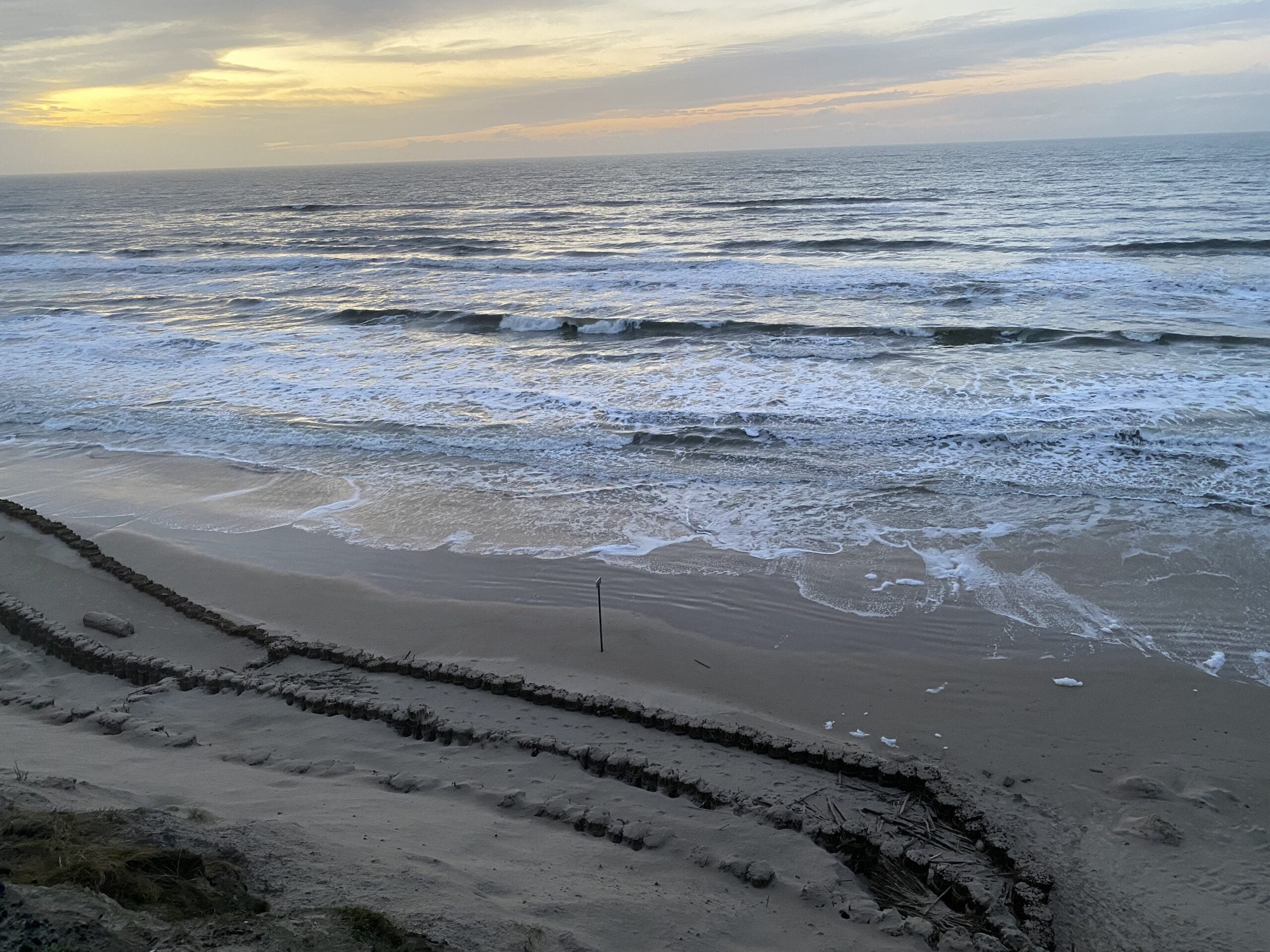
Plads til kystsikring – Kystsikring og Strandbeskyttelse, Nørre Lyngby / NATOUR
Læs mere

